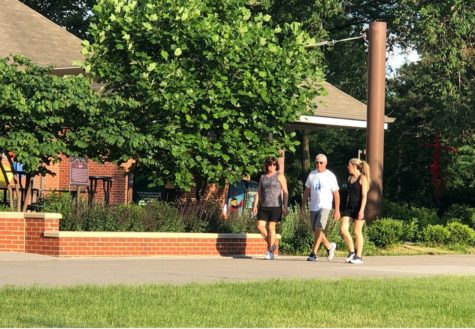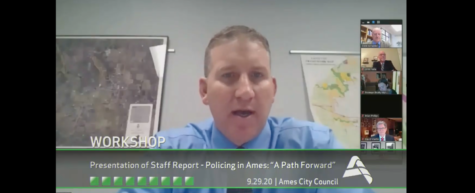Old bones in Tehuacan Valley, Mexico, stir up new interest for Iowans
An Iowa State researcher explains evidence to suggest humans came to North America much earlier than previously thought.
June 11, 2021
Since elementary school, people are taught that humans first came to North America across the Bering Land Bridge during the last ice age. New findings stemming from Iowa State researcher Andrew Somerville, among others, could suggest otherwise.
Rabbit and deer bones excavated from the lowest levels of a cave in Tehuacan Valley, Mexico, over 60 years ago were just recently discovered to be nearly 30,000 years old. Other layers of the same cave are known to have housed people in the region for generations.
“Now that we know that the bottom layers of this cave are so old, in fact, they’re older than people thought humans were ever living in North America, we need to make sure that humans actually were associated with these really old layers,” Somerville said. “We’re gonna look at [the bones] in really fine detail for all these signs of human cooking, processing and butchering.”
Somerville and his colleagues hope to study the animal bones in the upcoming year to know for sure whether or not they are associated with humans and, more specifically, hunter gatherers. In the meantime, they will continue work on the broader project of understanding when people in the Tehuacan Valley began to practice agriculture.
“The really exciting thing about this valley is that there is evidence of people living there before agriculture was ever invented,” Somerville said. “People were hunter gatherers there for thousands of years, but we also have archaeological records there of people first starting to farm and taking initial steps. Then, people also lived there after the development of agriculture, where people were living in small chiefdoms and cities and getting most of, if not all, of their food from farmed agricultural products.”
This valley and its history with humans may be especially important for people here in Iowa because it is one of the first places people began to grow corn in the whole world. The finer details behind when people began to pop up in the Americas and when they started agriculture are the real questions Somerville and his colleagues are trying to answer in their study.
The climate of the Tehuacan Valley has helped to preserve much of the evidence and historical records within it to allow for such an in-depth study. Some artifacts uncovered are actually thousands of years old and extremely well preserved.
“The valley is so dry that the preservation is ridiculous,” Somerville said. “They found baskets and ropes and clothing that date to around 8,000 years ago, which is just incredible.”
Thanks to this valley and its rich history intertwined with human development from hunter gatherers to farmers, people can appreciate the amazing place they are at right now as a part of a civilization. The Tehuacan Valley offers people a beautiful window to see what the world was like and what humans were like so long ago and gives us the perspective to appreciate the technology and practices that are so often taken for granted.

















